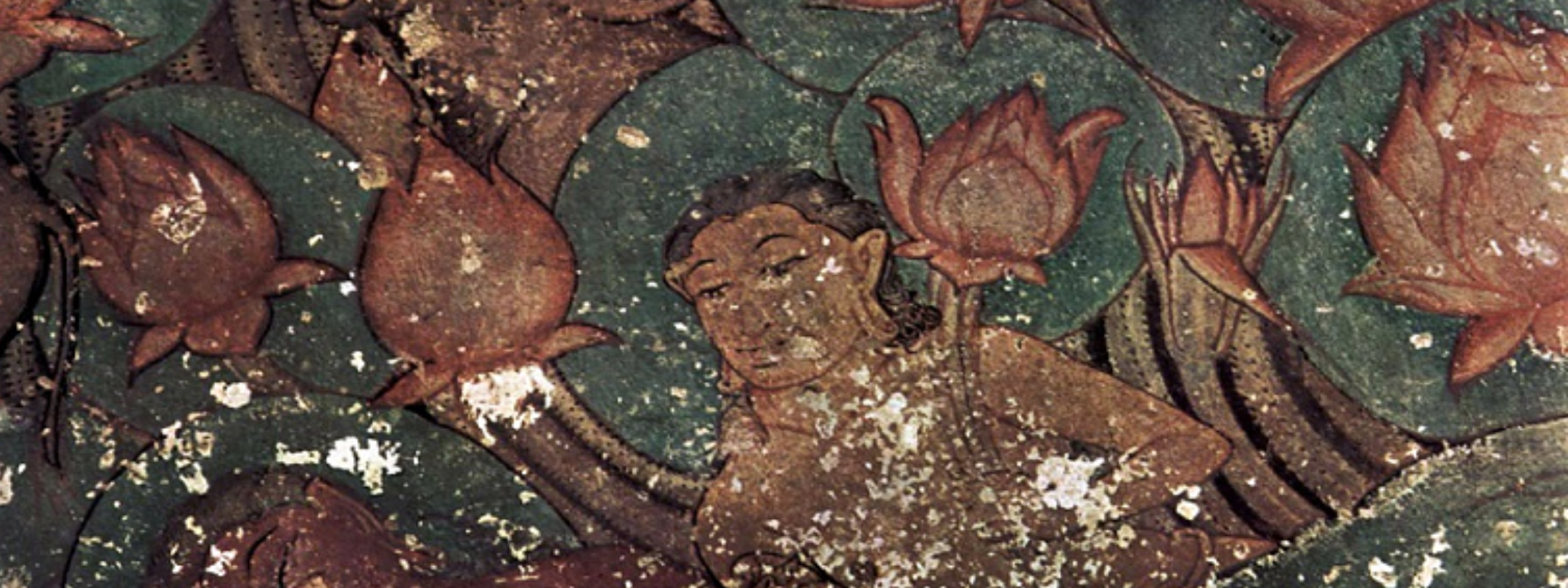Ibtida
Painting in India is ancient, and
of two kinds. It was used to
decorate the interiors of both
palaces and places of worship,
and it was employed to
illustrate texts in manuscripts.
Early in their development, all
Indian religions experienced the
precariousness of relying
exclusively on oral transmission
and became aware of the
necessity of a written tradition.
Books, written on birchbark and
palm-leaf, are assumed to have
come into existence around this
time. The other major stream of
early Indian painting—again, of
which almost nothing survives—
was that of mural painting. All
these traditions of painting—for
temple, palace, and dramatic
arts alike—share a common
ancestry. This can be termed
the Pan-Indian style.
Painting in medieval India was
increasingly linked to the art of
the book. The watershed is the
beginning of the second
millennium, when palm-leaf
manuscripts began to appear
with pictorial elements. By 1500,
painting styles in India were on
the cusp of a revolution,
triggered by the Sultanate
kingdoms of northern India. The
workshops of the Sultanate
courts of Delhi and Bengal
provided imported models for
their artists, but these ateliers
were obliged to largely recruit
Indian artists. We are witnessing
the appearance of the
independent painting, unshackled
from the text to which it was
traditionally bound. The
coalescing of these styles in
variant forms shaped the regional
schools that evolved over the
next three centuries. Indian
painting was entering a new age.
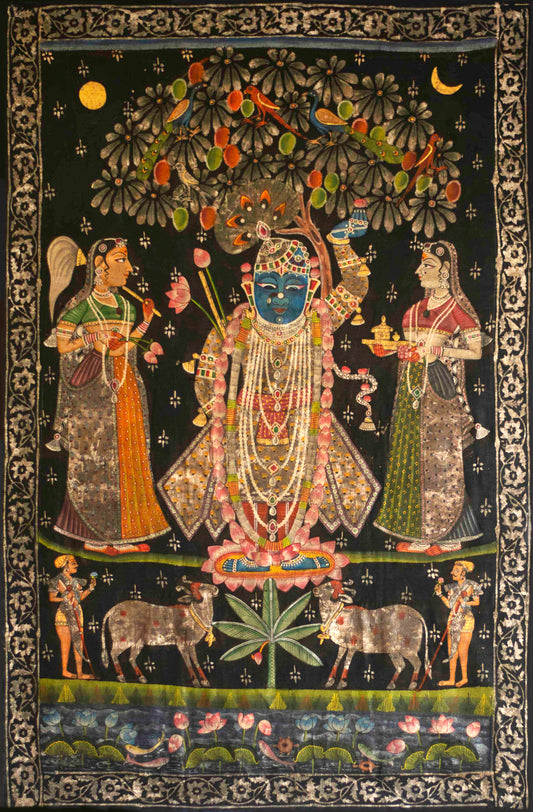
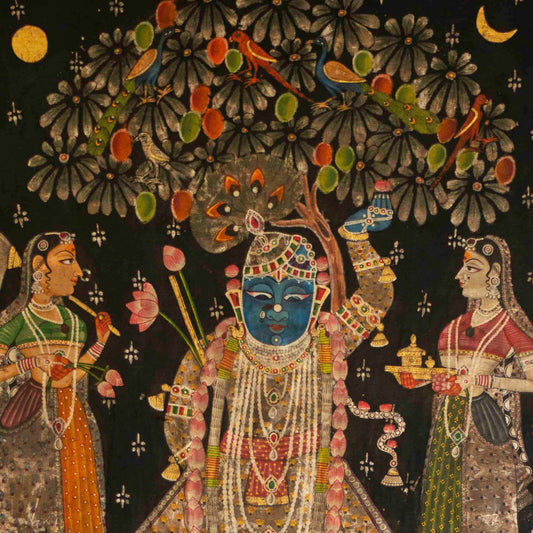
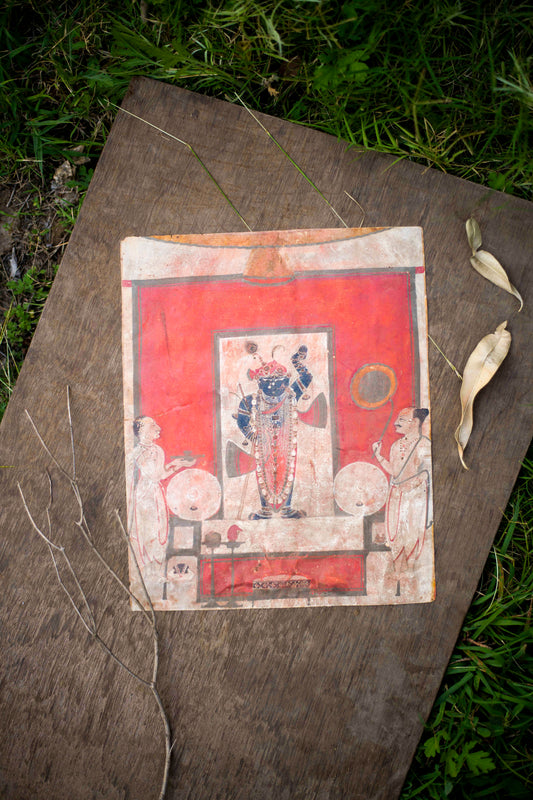
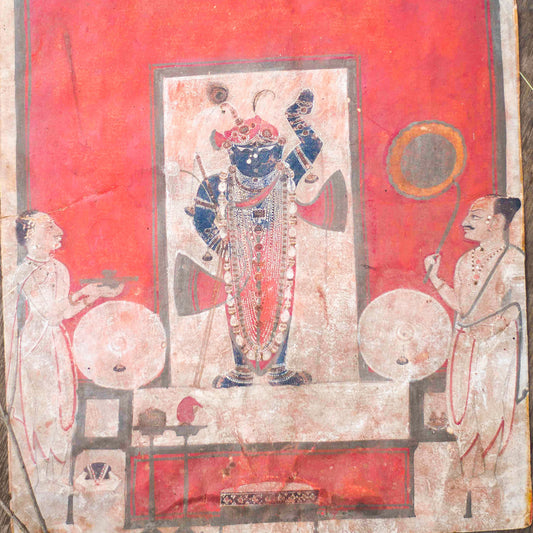
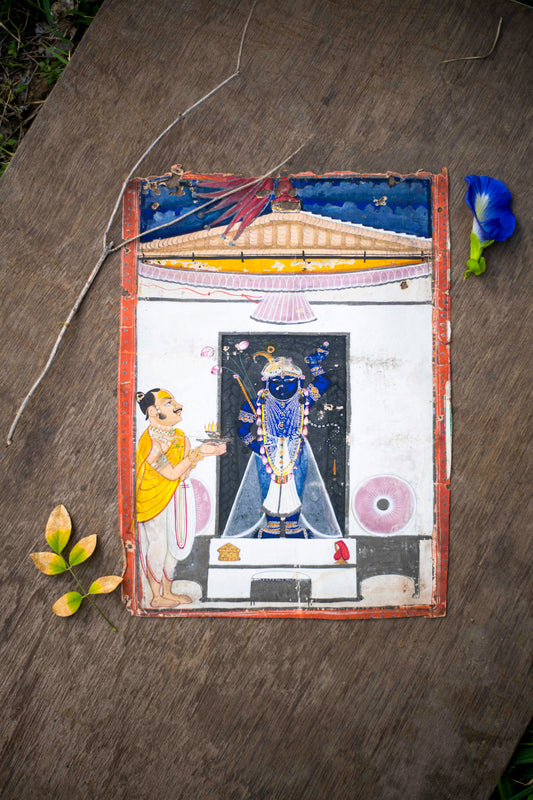
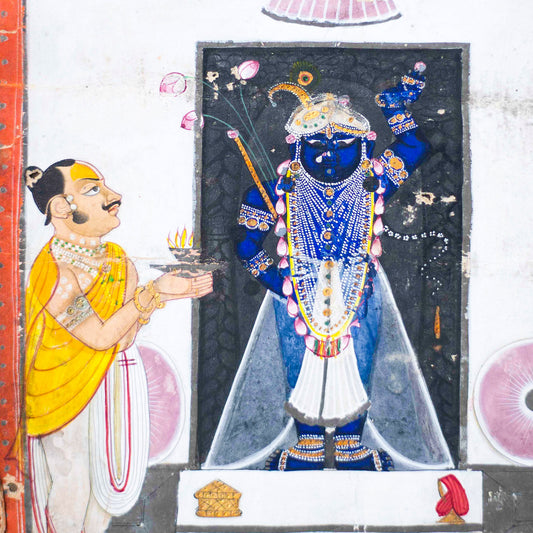
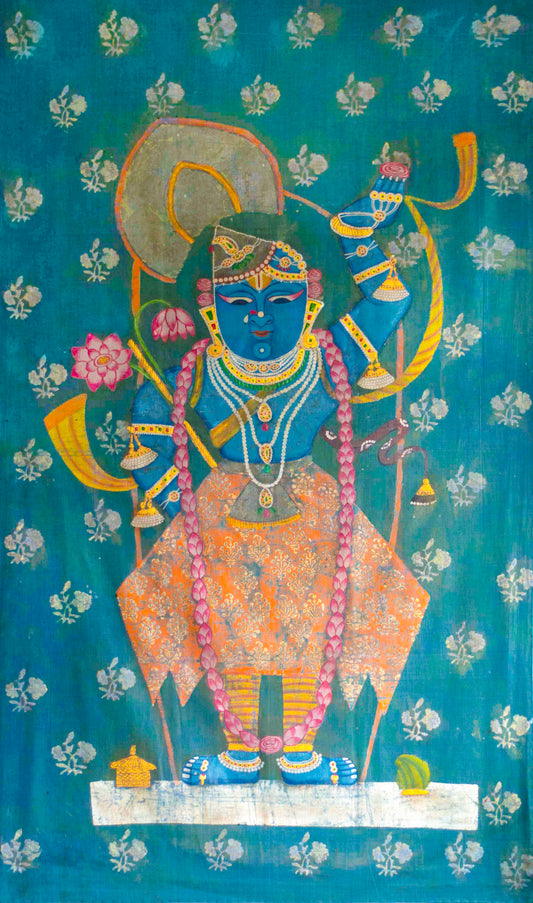
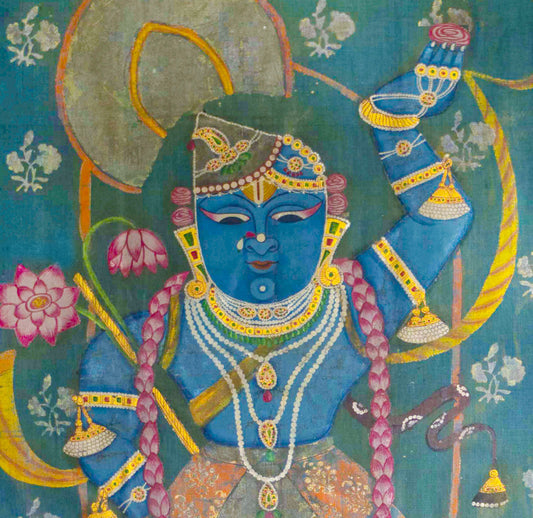
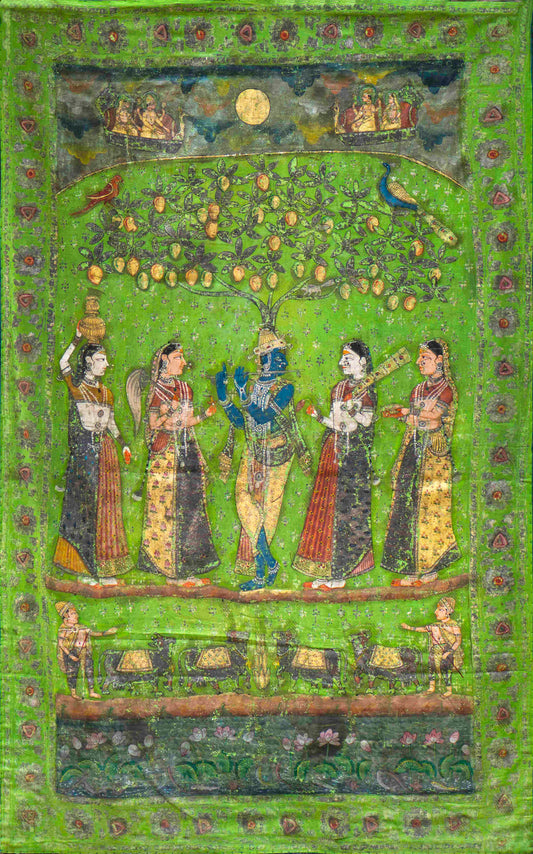
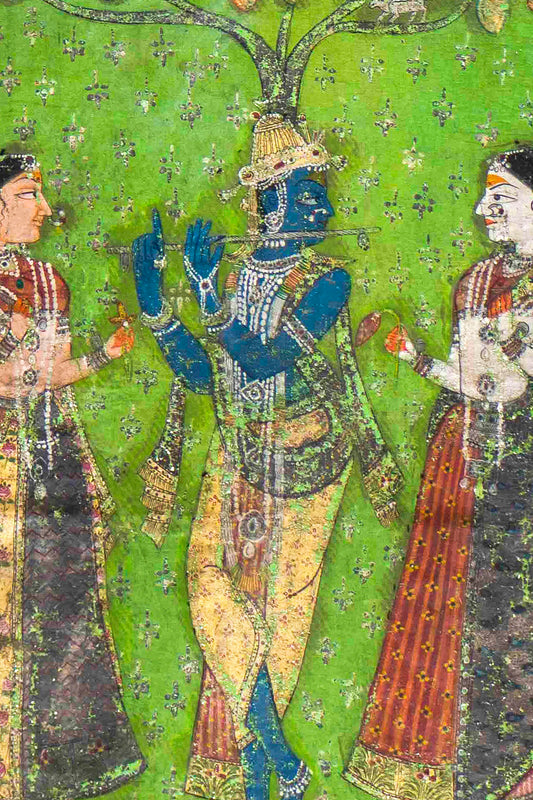


.png?v=180585433461421961291706102796)
